What is hyper-personalisation marketing and how is it different from content management?
Step away from old-fashioned content management
Do you still create and publish content manually? That can be very time-consuming. Using a CMS system might streamline your workflow, but too often the creative process is dragged down by many internal meetings and briefings. Because it’s such a labour-intensive process, it’s understandable that international organisations re-use their content in different countries or languages.
However, this kind of content is no match for hyper-personalised marketing, where countless content variations - tailored to the profiles of specific customers - can be easily distributed. Creating all of this content manually would be an impossible task. This kind of hyper-personalisation is only possible by combining creativity with automation. Thankfully, we at iDA have the expertise to support you with this.
Discover the limitless possibilities of hyper-personalisation
There are many different ways to apply hyper-personalisation to your marketing. As a digital Adobe partner, iDA has considerable experience implementing smart tools to tailor marketing communication. This means that we can use best practices to choose the best approach for each specific customer.
One such example is personalised email marketing through the use of a decision engine. This tool calculates what products or other content recommendations might be interesting to the receiver of the email and inserts this in a general email template.
Another smart implementation is a Next Best Action engine, which gathers and analyses data from a customer to suggest a type of service they might need. If, for instance, the engine knows a customer has received a defective product, it will offer support information. Or if a client is a business owner, the engine will inform them about possible business offerings. A final example is the possibility of adjusting your FAQ page to each individual consumer, making sure they only get to see questions and answers relevant to them.
These are just some examples of hyper personalisation. There’s a myriad of options available to upgrade and improve your marketing and communication.
Understand your customers by gathering personal data
Targeting your customers with smart tools might sound like run-of-the-mill market segmentation, but there’s a significant difference. With market segmentation, you focus on a consumer group with similar interests and profiles. Most companies do this by using anonymous customer data, acquired through a Data Management Platform (DMP). Because this kind of info is rather general, it’s hard to zoom in on the specific needs of individuals.
That is where hyper-personalisation makes a difference. This approach uses a Customer Data Platform (CDP) to gather highly-detailed client info (with the client’s consent of course). The result? Enough data to really understand and respond to each of your customers’ personal wants and needs.
It’s no surprise that market segmentation is the road most-travelled by companies with less technical or financial support, rather than hyper-personalisation with the use of a CDP. After all, with market segmentation, less content has to be created than when you cater to every individual customer. However, if done well, hyper-personalisation has a way better effect on your bottom line.
Start your hyper-personalisation journey with iDA
Implementing a CDP could be a great first step towards hyper-personalisation. However, it is not an all-in-one solution. A CDP is just one step on a long road to becoming a hyper-personalised brand. One that starts with having data and self-insight into your business. As an experienced sparring partner, IDA helps you prepare for the journey. Using our marketing and technical know-how, we help you consider the possibilities and challenges of hyper-personalisation and define the milestones you have to reach in order to successfully adjust your marketing strategy.
